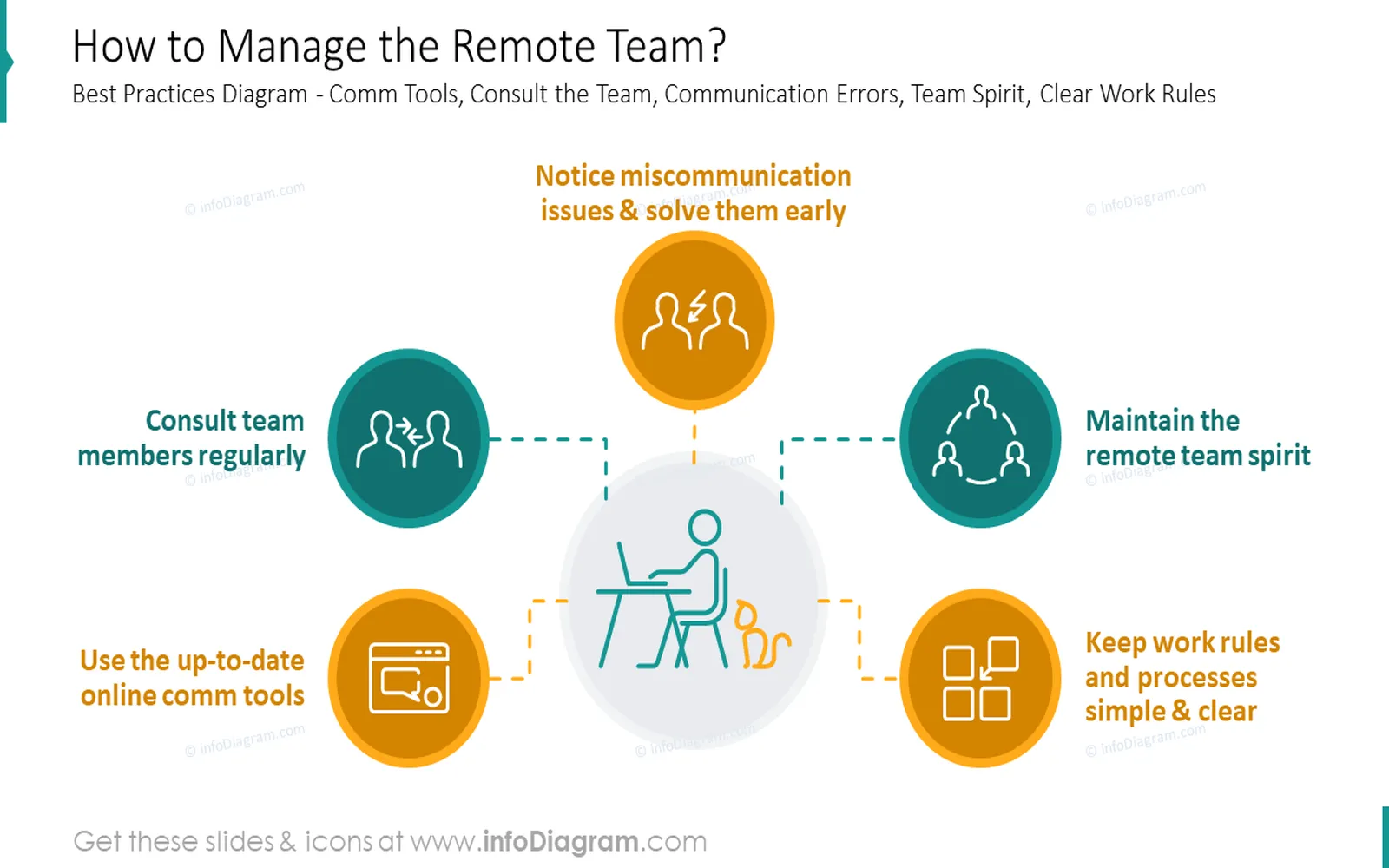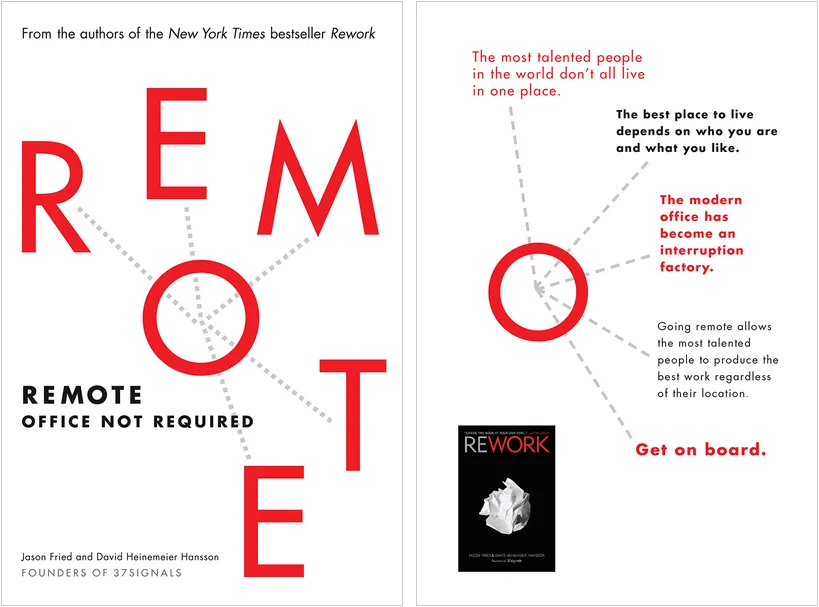
Unveiling the Top AI Editing Assistants
In what has been a horrific week in aviation, a PAL Airlines aircraft operating as Air Canada flight AC2259 made an emergency landing at Halifax Stanfield International Airport on Saturday night due to a landing gear failure, which resulted in a fire.

How to Avoid Burnout in a Remote Team
To avoid burnout in a remote team, prioritize open communication and regular check-ins to foster connection and support. Encourage flexible work hours to accommodate individual schedules and promote a healthy work-life balance. Implement wellness initiatives, such as virtual team-building activities and mental health resources, to enhance team morale. Set clear expectations and boundaries around work tasks to prevent overwhelm, and regularly recognize team members' contributions to maintain motivation and engagement. Creating a positive remote work culture is essential for long-term productivity and well-being.

How Successful Remote Teams Evaluate Employees: A Look inside Automattic, GitHub, and Help Scout
Successful remote teams like Automattic, GitHub, and Help Scout adopt unique strategies for employee evaluation that prioritize transparency and collaboration. These companies emphasize regular feedback and open communication to foster a culture of trust and continuous improvement. Performance assessments often focus on individual contributions and team dynamics, leveraging tools that facilitate remote interaction. By balancing metrics with qualitative insights, they create an environment where employees feel valued and engaged, ultimately driving productivity and innovation in a virtual workspace.

The pros and cons of working across time zones: What to expect when you work in a distributed company
Working across time zones in a distributed company offers both advantages and challenges. On the positive side, it allows for a diverse team with varied perspectives and the potential for around-the-clock productivity. However, it can lead to communication difficulties, scheduling conflicts, and feelings of isolation among team members. Employees may experience disrupted work-life balance due to the need for flexible hours. Understanding these dynamics is essential for fostering collaboration and maintaining team cohesion in a global work environment.

Beyond your desk: why you need a secondary workspace
Having a secondary workspace can greatly enhance productivity and creativity. It allows for a change of scenery that can help prevent burnout and stimulate new ideas. A different environment can also promote better focus and reduce distractions, leading to more efficient work sessions. Whether it's a co-working space, a coffee shop, or a quiet park, stepping away from your usual desk encourages a fresh perspective and boosts overall motivation, making it an essential aspect of a balanced work routine.

How to collaborate across time zones
Collaborating across time zones requires thoughtful planning and effective communication strategies. It’s essential to establish a shared calendar that accommodates all team members, highlighting overlapping working hours for meetings. Utilize technology tools for project management and communication to ensure everyone is on the same page. Foster a culture of flexibility and understanding, encouraging team members to be mindful of each other’s schedules. Regular check-ins can help maintain engagement and alignment, ultimately enhancing productivity and cohesion in a geographically dispersed team.

The benefits of remote work for women
Remote work offers significant advantages for women, promoting greater flexibility in balancing professional and personal responsibilities. This arrangement allows for reduced commuting time, enabling women to manage household duties and childcare more effectively. Additionally, remote work can create a more inclusive environment, as it often reduces biases associated with traditional office settings. Women can also access a wider range of job opportunities beyond their local area, fostering career growth and contributing to improved job satisfaction and overall well-being.

How to transition to remote work in a hurry
Transitioning to remote work quickly requires a clear plan and effective communication. Start by setting up a dedicated workspace at home to minimize distractions. Ensure you have the necessary technology, including reliable internet and collaboration tools, to stay connected with your team. Establish a routine that mirrors your office hours to maintain productivity. Communicate regularly with colleagues and supervisors to stay aligned on tasks and expectations. Finally, prioritize self-care to manage stress and maintain work-life balance during this adjustment.

New to remote work? Try these automated workflows.
Transitioning to remote work can be challenging, but implementing automated workflows can streamline your tasks and enhance productivity. By automating repetitive processes, you can focus on more critical aspects of your job while reducing the chances of errors. Tools and software designed for task automation can help manage communications, schedule meetings, and organize projects efficiently. Embracing these workflows not only saves time but also fosters better collaboration among remote teams, making the work-from-home experience more manageable and enjoyable.

Why remote work makes disagreement hard—and how to do it anyway
Remote work can complicate disagreements due to the absence of non-verbal cues and the potential for miscommunication. Without face-to-face interactions, individuals may feel isolated, leading to heightened emotions and misunderstandings. To navigate disagreements effectively in a remote setting, it is crucial to establish clear communication channels, practice active listening, and foster a culture of openness. Encouraging regular check-ins and using video calls can help bridge the gap, facilitating constructive dialogue and collaboration even from a distance.

How to brainstorm remotely
Brainstorming remotely involves leveraging digital tools to foster creativity and collaboration among team members. Start by setting a clear agenda and encouraging participants to share ideas freely in a virtual space. Utilize platforms like video conferencing for discussions and collaborative tools for real-time idea generation, such as shared documents or whiteboards. Establish ground rules to ensure everyone feels comfortable contributing. To enhance engagement, incorporate fun icebreakers and encourage diverse perspectives, creating an inclusive environment that stimulates innovation and problem-solving.

Use automation to create moments of fun in your remote or hybrid team
In a remote or hybrid work environment, automation can play a vital role in fostering team camaraderie and engagement. By implementing automated tools for virtual games, icebreakers, and team challenges, organizations can create enjoyable experiences that break the monotony of daily tasks. These moments of fun not only enhance team bonding but also boost morale and creativity, leading to a more productive and connected workforce. Embracing automation allows teams to focus on building relationships while enjoying lighthearted interactions.

How to manage a remote team
Managing a remote team requires clear communication, trust, and the right tools. Establish regular check-ins to foster connection and ensure everyone is aligned on goals and tasks. Utilize collaborative platforms to facilitate seamless sharing of information and resources. Encourage team members to take ownership of their work while providing support and guidance as needed. Cultivating a positive team culture is essential, so celebrate achievements and promote social interactions to enhance engagement and collaboration among remote employees.

How to build culture in a remote team
Building culture in a remote team requires intentional communication and collaboration. Start by establishing shared values and goals that resonate with all team members. Encourage regular check-ins and virtual team-building activities to foster connections and trust. Leverage technology to create spaces for informal interactions, allowing team members to engage beyond work-related discussions. Recognizing individual contributions and celebrating achievements can further strengthen the sense of belonging. Ultimately, cultivating an inclusive environment where everyone feels valued is key to a thriving remote culture.

How to build trust on a remote team
Building trust in a remote team requires open communication and transparency. Foster a culture of accountability by encouraging team members to share their progress and challenges regularly. Promote collaboration through virtual team-building activities that help members connect on a personal level. Establish clear expectations and provide constructive feedback to create a supportive environment. Recognize achievements and celebrate milestones to reinforce a sense of belonging. By prioritizing relationships and maintaining consistent interactions, teams can cultivate a strong foundation of trust despite physical distance.

5 reasons to read REMOTE, even if you aren’t a remote team
"REMOTE" offers valuable insights that extend beyond remote work. It explores the importance of flexibility, highlighting how adaptable practices can enhance productivity in any environment. The book emphasizes effective communication strategies, which are essential for all teams, whether remote or in-person. It also delves into fostering a strong company culture, showcasing innovative approaches that can be applied universally. Additionally, it addresses the evolving nature of work, making it relevant for anyone interested in contemporary workplace dynamics and future trends.

Remote Working: 8 Items for Every Remote Worker's Wish List
Remote working has become increasingly popular, and having the right tools can enhance productivity and comfort. A well-curated wish list for remote workers includes essential items such as ergonomic chairs for better posture, noise-canceling headphones to minimize distractions, and high-quality webcams for clear communication. Additionally, a reliable laptop stand, adjustable desk, and efficient organizational tools can greatly improve the home office setup. Investing in these items not only boosts efficiency but also contributes to a healthier and more enjoyable remote work experience.

The best way to work remotely: 8 proven strategies for better remote work
This guide offers effective strategies to enhance remote work productivity and satisfaction. It emphasizes the importance of establishing a dedicated workspace, maintaining a structured schedule, and utilizing technology for seamless communication. The recommendations also highlight the significance of setting clear boundaries to separate work from personal life, fostering a sense of community through virtual interactions, and prioritizing self-care. By implementing these proven strategies, remote workers can create a more balanced and efficient work environment, ultimately leading to greater success.

The remote work survival guide
The Remote Work Survival Guide offers practical strategies and insights for individuals navigating the challenges of working from home. It addresses common obstacles such as maintaining productivity, establishing a balanced routine, and fostering effective communication with colleagues. The guide emphasizes the importance of creating a dedicated workspace and setting clear boundaries between personal and professional life. By providing tips on time management and self-care, it empowers remote workers to thrive in a flexible environment while avoiding burnout.

7 tips for managing remote employees
Managing remote employees effectively requires clear communication and trust. Establish regular check-ins to foster connection and provide feedback. Set clear expectations and goals to ensure everyone is aligned on tasks. Utilize collaboration tools to facilitate teamwork and maintain productivity. Encourage a healthy work-life balance to prevent burnout by being mindful of workloads. Recognize and celebrate achievements to boost morale. Finally, create opportunities for professional development to keep employees engaged and motivated in their roles.

5 tips for communicating on a remote team
Effective communication in a remote team is crucial for collaboration and productivity. Start by establishing clear communication channels to ensure everyone is on the same page. Regular check-ins can help maintain connection and address any issues promptly. Encourage openness and transparency to foster trust among team members. Utilize collaborative tools to facilitate sharing of ideas and feedback. Lastly, be mindful of different time zones and schedules, ensuring that all voices are heard and valued, promoting a more inclusive team environment.